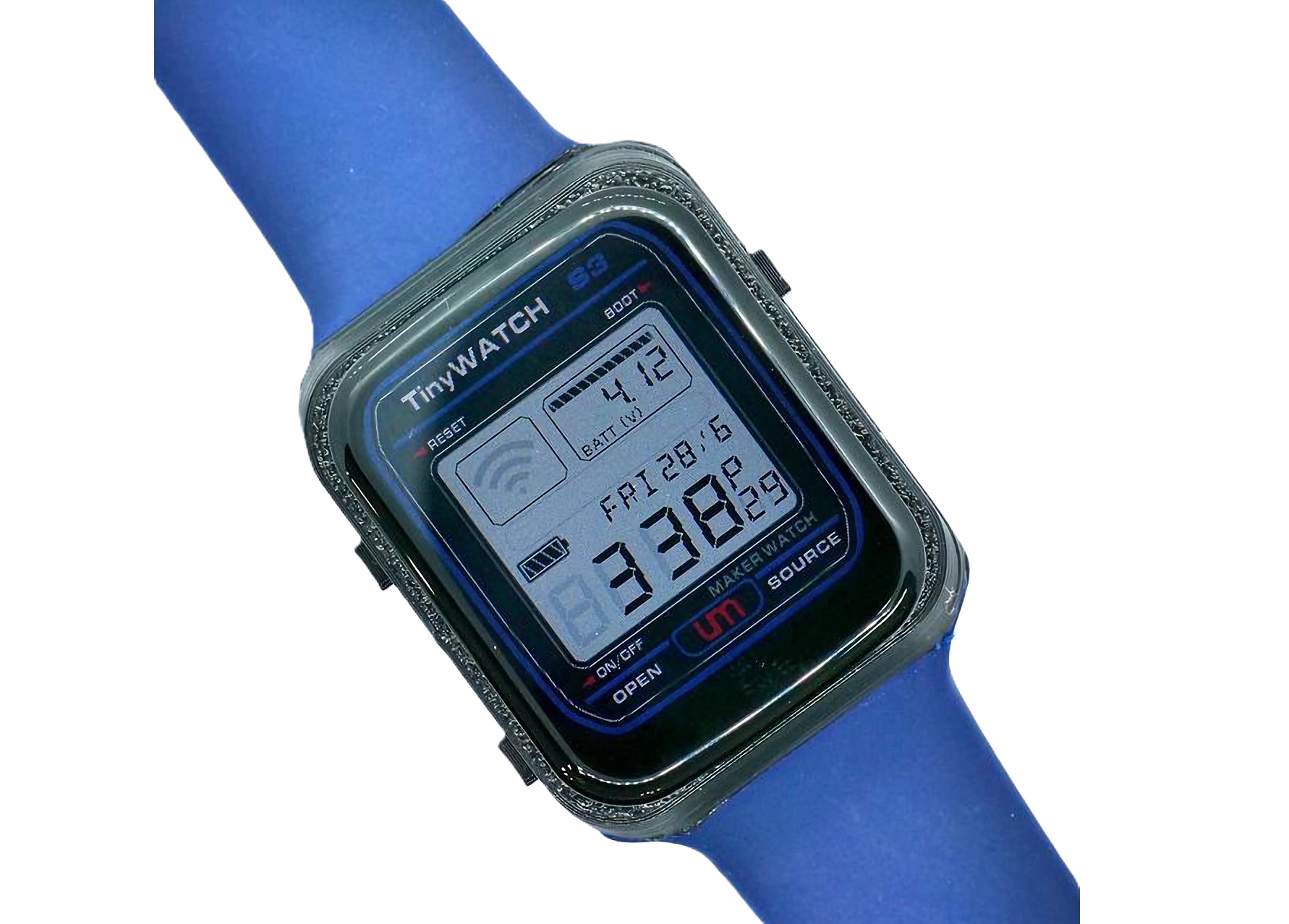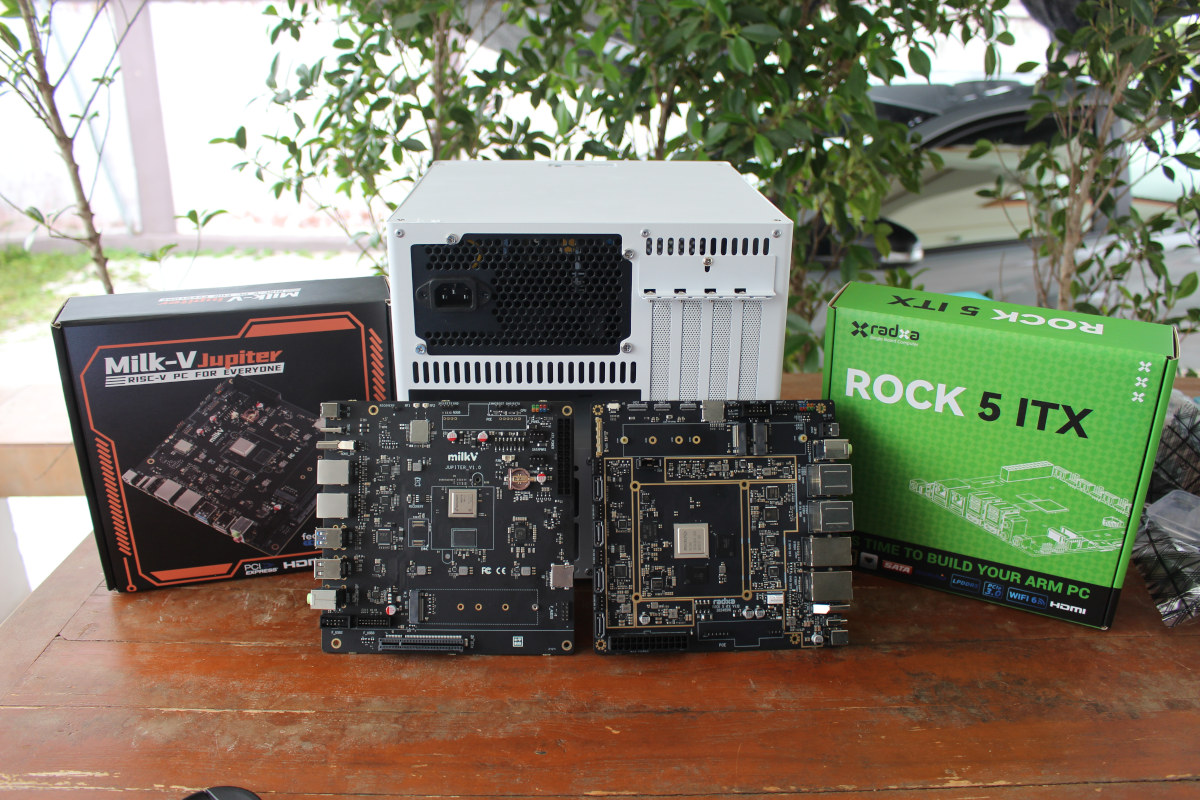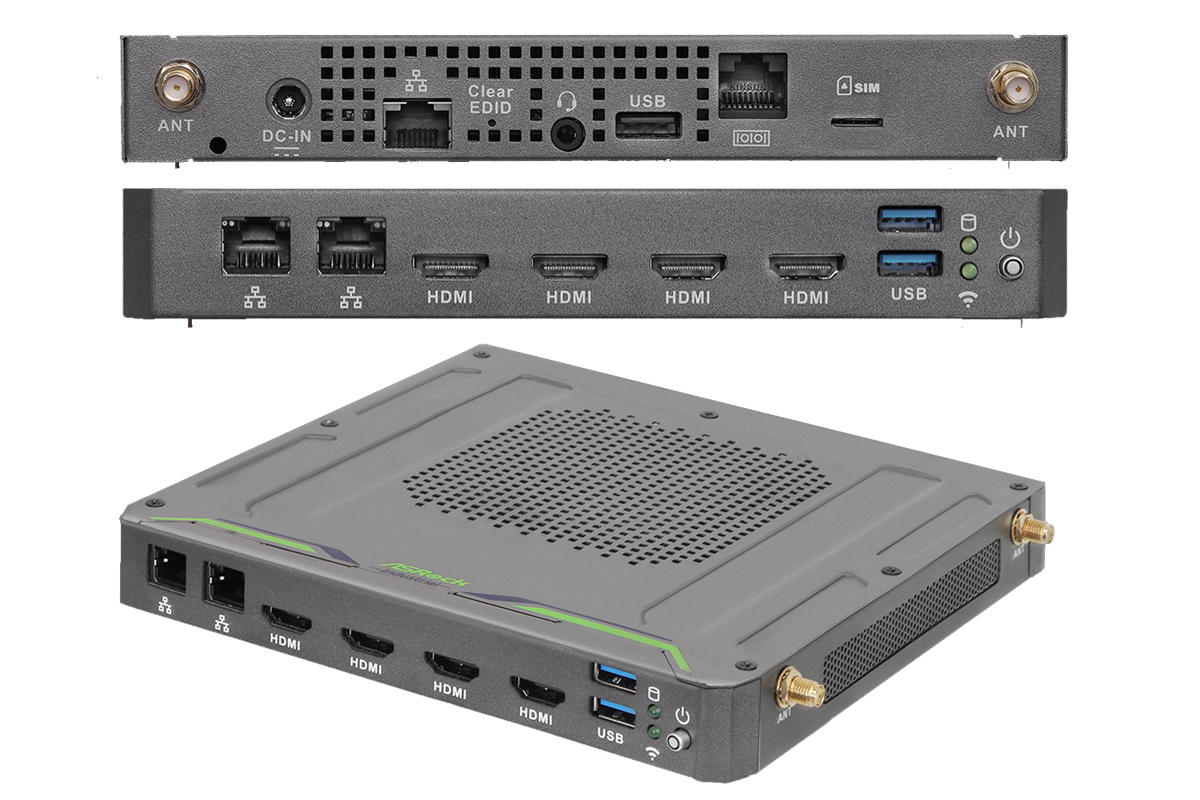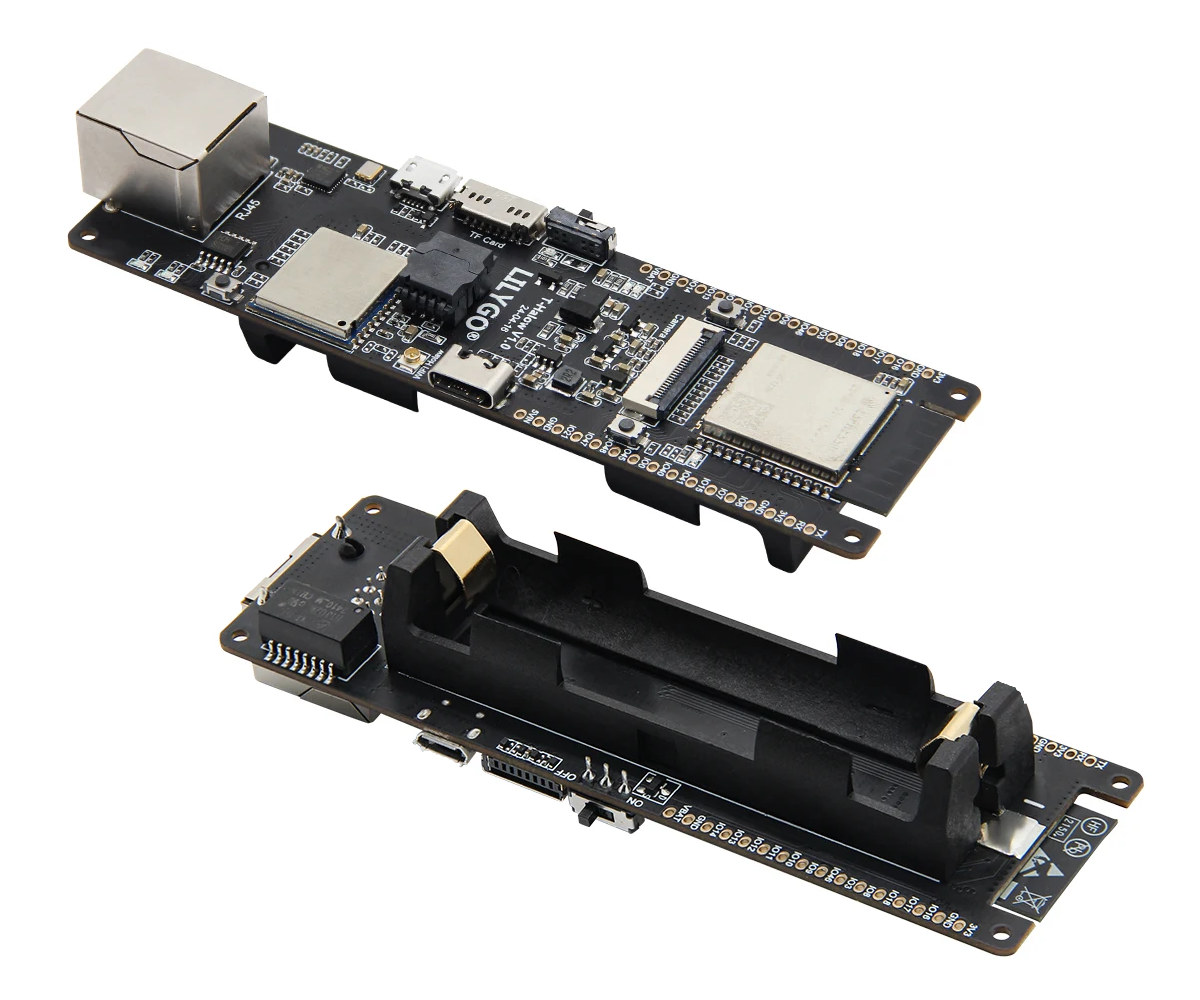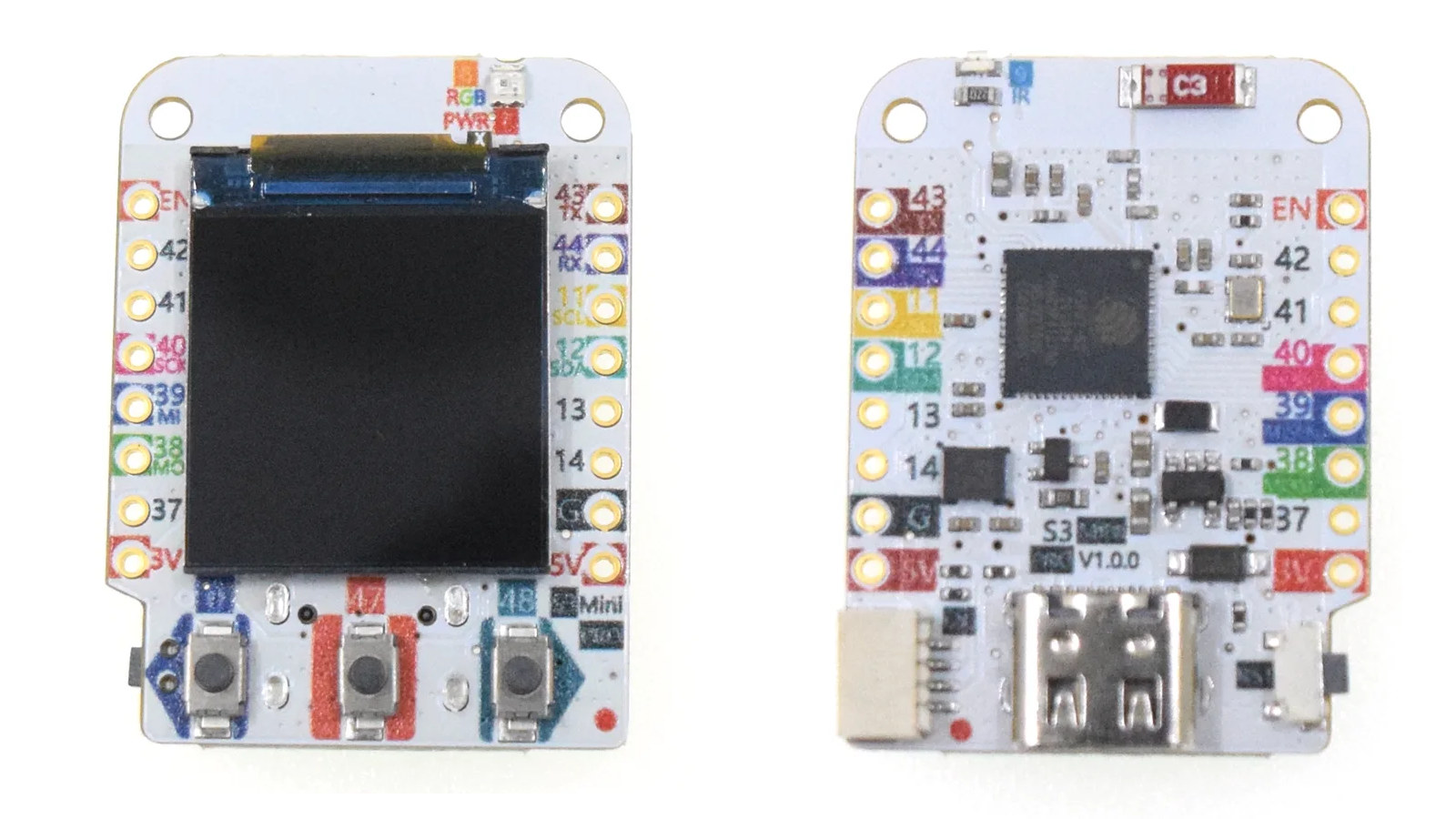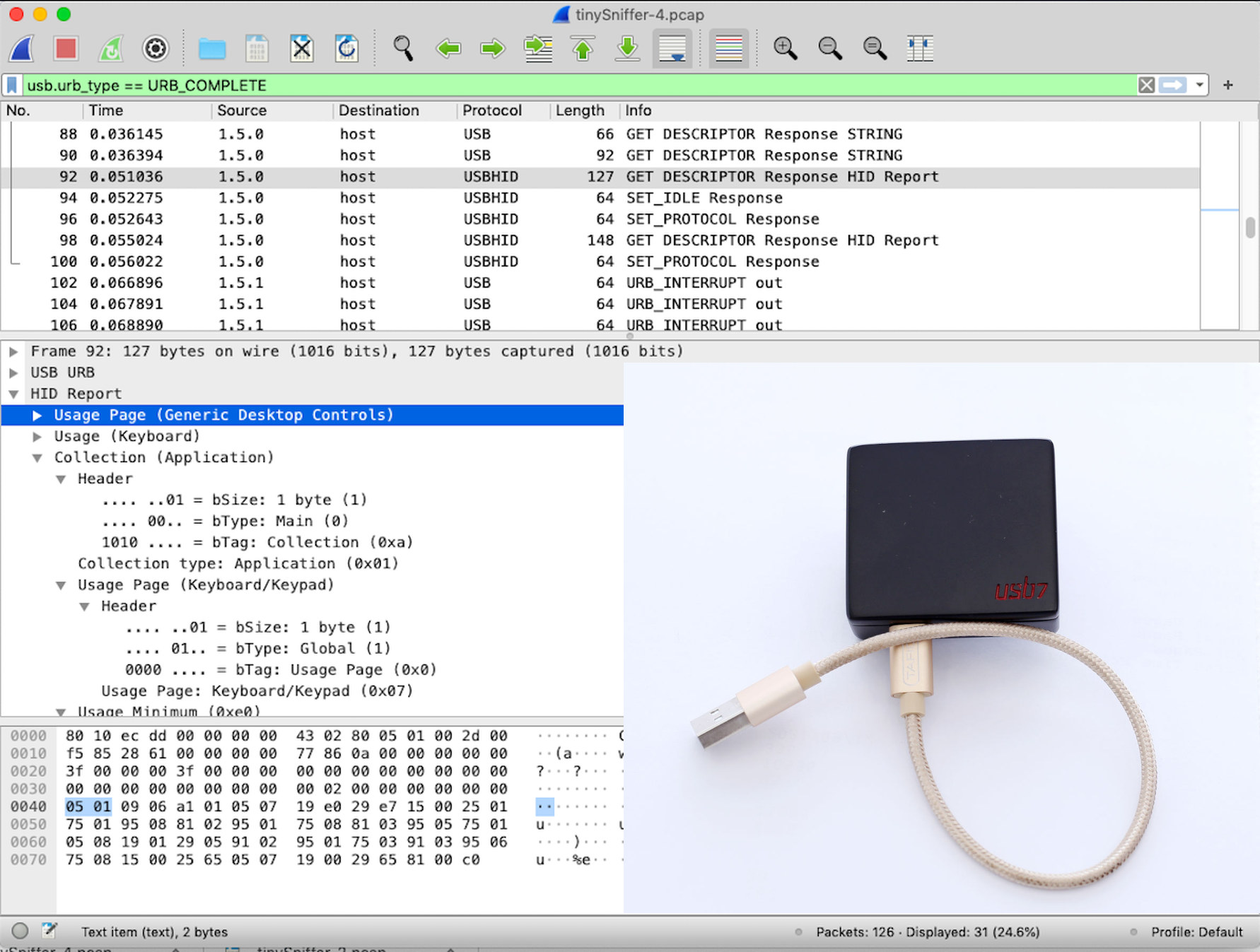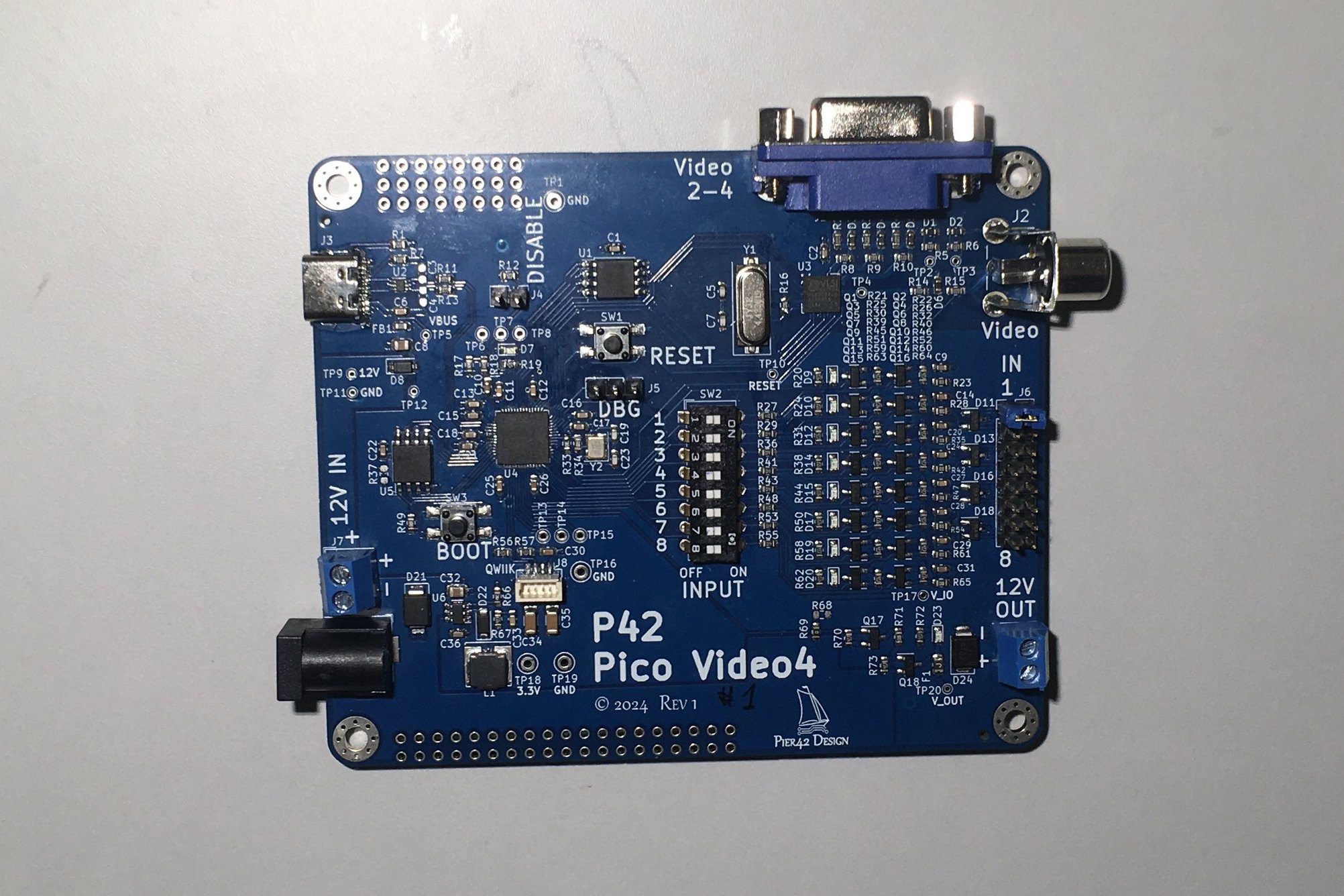The TinyWatch S3 is an ESP32-S3 development board in a smartwatch form factor from Seon Rozenblum, also known as Unexpected Maker. It is powered by the ESP32-S3 wireless microcontroller with 8MB quad SPI flash storage and 2MB of additional QSPI PSRAM. It features a 240 x 280 LCD with capacitive touch (via a CST816T module) and several onboard sensors including a 6-axis inertial measurement unit, a magnetometer, and a MEMS microphone. It has a USB-C port for power, programming, and charging a connected LiPo battery (250mAh or 500mAh). While the product’s firmware is still in active development, it is usable as a watch and even a daily driver. The TinyWatch S3 is described as a “wrist-wearable ESP32-S3 development board” but lacks pin headers and is not breadboard compatible. The hardware is open-source but the product is mostly useful for firmware development, testing, and other general projects. The firmware is being […]
Building a workstation with Radxa ROCK 5 ITX (Arm) or Milk-V Jupiter (RISC-V) mini-ITX motherboard – Part 1: The hardware
Radxa ROCK 5 ITX is a mini-ITX motherboard powered by a Rockchip RK3588 octa-core Cortex-A76/A55 processor, and the Shenzhen Milk-V Jupiter is another mini-ITX motherboard, but based on SpacemIT K1 octa-core 64-bit RISC-V processor instead. When Radxa contacted me about reviewing those, I thought it would be interesting to review a complete kit with a mini-ITX case since I had never built this type of system myself. Yesterday, I was surprised to receive two large packages and thought maybe a company sent me a 3D printer or laser engraver kit, but instead, I got one package with the two Arm and RISC-V mini-ITX motherboards and another with a mini-ITX NAS enclosure with 6x SATA bays. Radxa ROCK 5 ITX unboxing Let’s look at the ROCK 5 ITX motherboard and accessories first. The motherboard ships with a rear panel and two screws for the M.2 module. The motherboard features the Rorkchip […]
ASRock DSF-A6000 embedded box PC offers AMD Ryzen Embedded R2314, 2.5GbE, and quad 4K display support
ASRock DSF-A6000 embedded box PC is built around the AMD Ryzen Embedded R2314 processor with support for up to 64GB of dual-channel DDR4 memory, three RJ45 ports (two 1GbE LAN, and one 2.5GbE LAN with optional PoE+) for connectivity. For storage, it features an M.2 M-Key slot for NVMe SSD and I/O options include USB 3.2 Gen2 and RS232. In terms of display capabilities, this PC supports up to four 4K displays simultaneously via HDMI 2.0b. Additionally, it supports out-of-band management through an optional MPU-OOB card and features EDID emulation for seamless display setup across various technologies. Previously we have written about similar embedded box PCs like the Distec BoxPC Pro, the AAEON ARES-500AI embedded box PC, the BOXER-8256AI NVIDIA Jetson Xavier NX fanless embedded box PC, and many more feel free to check those out if you are interested in the topic. ASRock DSF-A6000 embedded box PC specifications: SoC […]
LILYGO T-Halow is an ESP32-S3 board with long-range WiFi HaLow, OV2640/OV5640 camera support
LILYGO T-Halow is an ESP32-S3 board equipped with a WiFi HaLow module with up to 1.2km range, a connector compatible with OV2640 and OV5640 camera modules, and an 18650 battery holder for power, as well as several GPIOs for expansion. We first wrote about 802.11ah low-power long-range WiFi standard operating at 900 MHz in 2014, but adoption has been slow and we’ve seen a few 802.11ah (WiFi HaLow) chips from Newracom and Morse Micro over the years, as well as USB adapters, a Raspberry Pi HAT, a mini PCIe card, gateways, and some development boards. All those rely on a Linux host, but the LILYGO T-Halow features a TX-AH WiFI HaLow module from Taixin Semiconductor that’s controller by AT commands through an ESP32-S3 or a micro USB port. LILYGO T-Halow specifications: Wireless modules ESP32-S3-WROOM-1 wireless module SoC – ESP32-S3 dual-core Tensilica LX7 microcontroller @ up to 240 MHz with 2.4 […]
LOLIN S3 Mini Pro – A tiny ESP32-S3 board with a 0.85-inch display and a multi-color PCB
LOLIN S3 Mini Pro is a tiny ESP32-S3 WiFi and BLE board with a 0.85-inch display and it’s one of the first boards I’ve seen with a multi-color PCB that some PCB manufacturers have been offered recently. The board features an ESP32-S3FH4R2 microcontroller with 4MB flash and a 2MP PSRAM, a 128×128 TFT display, a 6-axis motion/attitude sensor, and GPIO headers that make it compatible with LOLIN D1 mini shields for expansion. LOLIN S3 Mini Pro specifications: SoC – Espressif Systems ESP32-S3FH4R2 CPU – Dual-core Tensilica LX7 microcontroller @ up to 240 MHz Wireless – 2.4 GHz 802.11n WiFi 4 and Bluetooth 5.0 LE connectivity Memory – 2MB PSRAM Storage – 4MB SPI flash Display – 0.85-inch 128×128 LCD TFT display with GC9107/GC9A01 driver Sensor – 6-axis MEMS IMU/attitude sensor (QMI8658C) Expansion 2x 8-pin headers with up to 12x GPIO, ADC, DAC, I2C, SPI, UART, USB OTG; compatible with LOLIN […]
Lattice MachXO5D-NX FPGA family enables Hardware Security in Programmable FPGAs
Lattice Semiconductor has recently introduced the MachXO5D-NX FPGA family, which integrates a hardware root of trust (RoT) into low-power FPGAs. This addresses security challenges by combining on-chip Flash memory and hardware encryption to minimize code capture risks during load time. The MachXO5D-NX family includes three variants with logic cell counts of 27k (FMXO5-25), 53k (LFMXO5-55T), and 96k (LFMXO5-100T). These FPGAs feature built-in hardware encryption, a cryptographic engine supporting AES-256, ECDSA-384/521, SHA2-256/384/512, and RSA 3072/4096, and a unique secret identity (USID) for device identity protection. Built on a 28-nm fully-depleted silicon-on-insulator (FD-SOI) process, these FPGAs reduce power consumption by 75% and lower soft error rates by 100x(as the company mentions). They support interfaces such as MIPI D-PHY (CSI-2, DSI), LVDS, Gigabit Ethernet, and PCIe, making them suitable for secure edge applications. Lattice MachXO5D-NX FPGA family specifications FPGA – Lattice Semi MachXO5D-NX FPGA family (27k (FMXO5-25), 53k (LFMXO5-55T), and 96k (LFMXO5-100T)) Programmable […]
tinySniffer WiFi-connected USB sniffer is based on NanoPi NEO Air SBC
TinySniffer is a USB sniffer based on the Allwinner H3-powered NanoPi Neo Air SBC, designed to capture USB 1.x and 2.0 packets remotely, and whose captured data is compatible with the popular Wireshark packet analyzer tool. Wireshark can already be used to capture USB packets on its own and I reverse-engineered a USB capture video solution that way in the past, but this method has some limitations, for instance, it does not capture some low-level USB packets, in which case a hardware USB sniffer like Total Phase Beagle USB, the PhyWhisperer USB, or the tinySniffer is required. The micro USB OTG port of the NanoPi NEO Air SBC is connected to the host computer and the company added a USB 2.0 Type-A port connected to the USB interface on the GPIO header to connect a device under test such as a USB keyboard, a USB Ethernet dongle, a USB printer, […]
Raspberry Pi RP2040-based Pico Video4 display board features 4 composite video outputs
The Pico Video4 Display is a Raspberry Pi RP2040-powered board that supports up to 4 analog composite video display interfaces with dedicated frame buffer memory accessible via SPI. The four video outputs are sent out through an RCA connector and a VGA DB15-HD connector that uses the red, green, and blue channels to create a composite video signal. The Pico Video4 Display is based on the Raspberry Pi RP2040 microcontroller chip and the VLSI VS23S040 four-megabit static RAM device with a video display controller that can output NTSC, PAL, and VGA video from the memory array. It provides the composite video outputs with a dedicated frame buffer and other hardware. This ensures that the RP2040’s limited processing power and memory are not hogged up in generating the video signal, leaving room for other major tasks. It has 8 inputs that are voltage-compatible to the input voltage, from 5V to 12 […]

